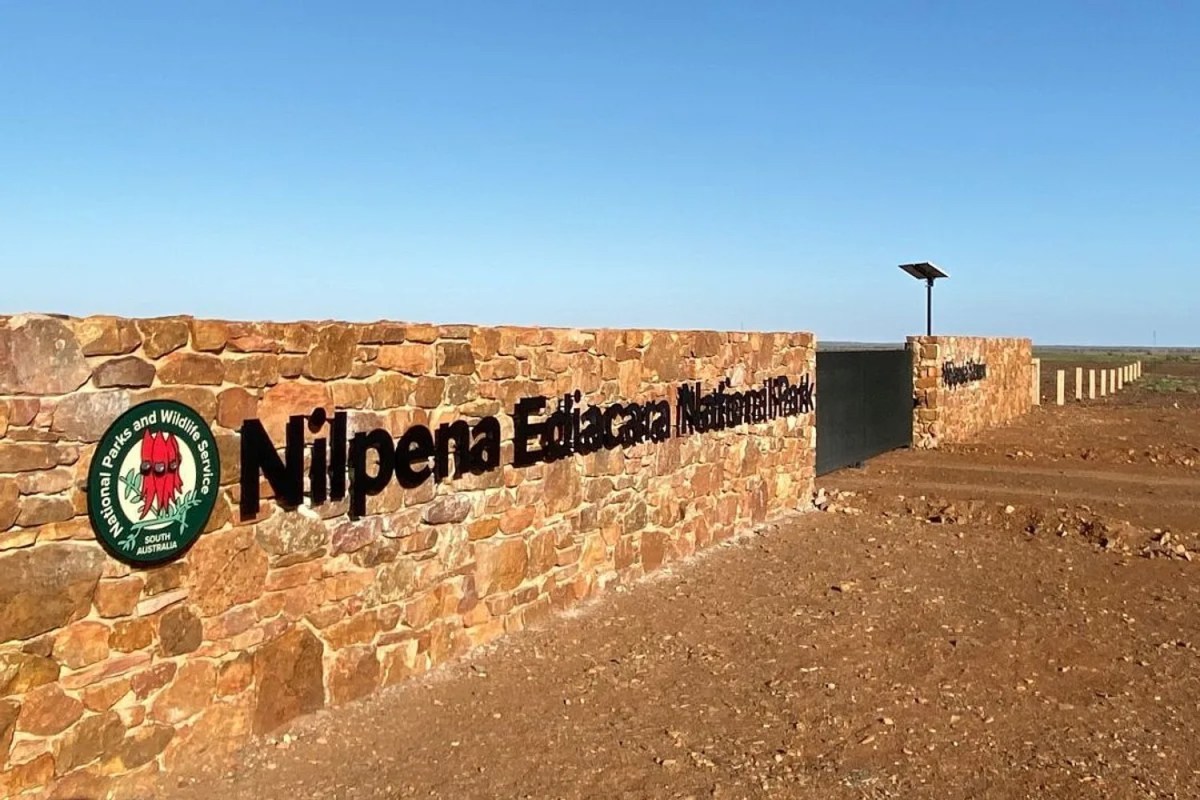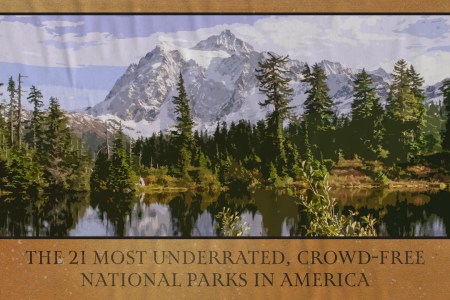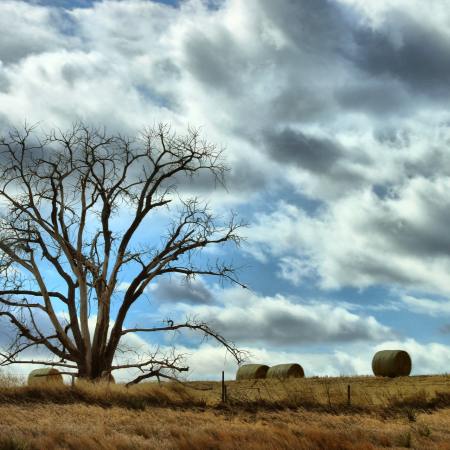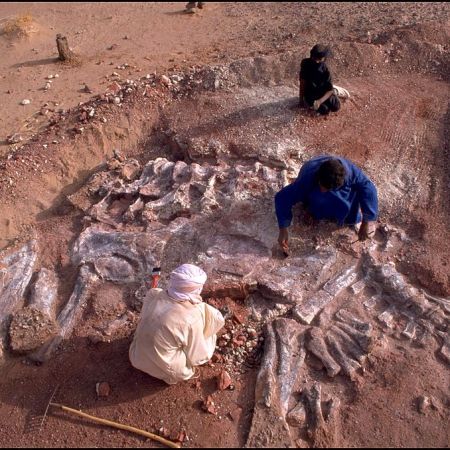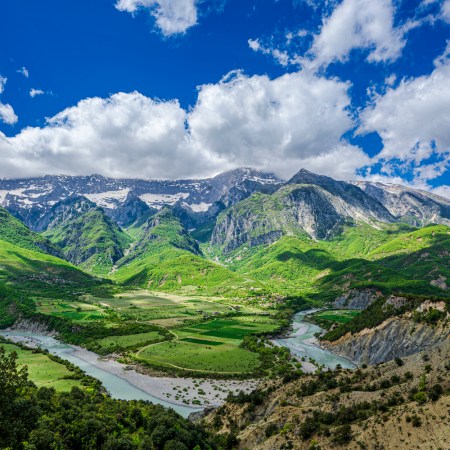What draws visitors to national parks around the world? Sometimes it can be the picturesque landscapes found there; at other times, it might have to do with the wildlife or the park’s historical significance. Fossils might not rank as high on the list of many visitors, even though some parks do abound with them — in the United States, for instance, a number of intriguing fossils have been found at Yellowstone National Park over the years. But finding a national park that’s gone all in on its array of fossils is easier said than done — until now.
Travel to Australia — specifically, to Flinders Ranges in South Australia, a five-hour drive from Adelaide — and you’ll find Nilpena Ediacara National Park, which opened to the public on April 27. As Smithsonian Magazine pointed out in an article on the new 148,000-acre park, the area is home to a vast array of fossils (“some dating back 550 million years”) that offer key insights into the development of life on this planet. The scientists researching them have tended to do their work in the field, rather than extracting fossils to a more distant site.
The 21 Most Underrated, Crowd-Free National Parks in America
From North America’s largest coral reef to a voyage north of the Arctic CircleWhat does that mean for Nilpena Ediacara? Among other things, it means that this park is also one where both the past and the study of the past are never far away. Visitors will be able to book space on tours of the fossil beds and also see reconstructions of what the park looked like millions of years ago, when it was underwater.
In a statement, National Parks and Wildlife Service Executive Director Mike Williams said that the park “will lead to new levels of understanding of the world in which we live, highlighting the importance of our efforts in conservation and environmental care.”
The opening of this new park isn’t the only change coming to this part of Australia. The region is also seeking UNESCO World Heritage status for the Flinders Ranges, citing the importance of their fossils to the history of life on Earth; the opening of this park is part of that larger venture.
Thanks for reading InsideHook. Sign up for our daily newsletter and be in the know.
